Find out about Ronda, a popular tourist destination known for its stunning scenery, rich history, and cultural heritage. This article includes fifteen black-and-white film photographs taken with a vintage Zeiss Ikon Ikoflex IIa 855/16 twin-lens reflex camera and a video showing the photo locations.
Ronda is a city located in the province of Málaga, Andalusia, Spain. The region is known as the Serranía de Ronda and is characterised by its rugged terrain and deep gorges. Ronda is positioned atop a plateau overlooking the Guadalevín River gorge, famously known as El Tajo. Ronda remains an important cultural and economic centre in Andalusia, attracting visitors from around the world.
I have visited Ronda twice. During the most recent visit in 2023, I undertook a photo walk with a vintage film camera. Twelve of the photos are included in this article.
Film photo details
I took all the photos on this page with a Zeiss Ikon Ikoflex IIa 855/16 twin-lens reflex camera.
I used Kentmere 100 film, developed in Ilfotec LC29 1+19 dilution for 6 min @20C.
The photos were digitised using a Nikon Z6 mirrorless digital camera with a Tokina AT-X Pro Macro 100mm f2.8 D lens and processed using Capture One software.
Brief History of Ronda
The area around Ronda has been inhabited since prehistoric times, with evidence of human presence dating back to the Neolithic period. During the Roman era, it was known as Arunda and was an important regional centre.
In the 18th and 19th centuries, Ronda was a strategic border town between Christian and Muslim territories during various conflicts. Ronda experienced a cultural renaissance and became a centre for bullfighting, with its famous Plaza de Toros being one of the oldest bullrings in Spain.
Ronda played a role in the Spanish Civil War (1936-1939), with battles occurring in and around the city. Following the war, Ronda, like much of Spain, experienced significant social and economic changes. Tourism became increasingly important, drawing visitors to its picturesque old town, historic bridges spanning the deep gorge (El Tajo), and cultural attractions.
Things to see in Ronda
Ronda is most famous for several notable features and attractions:
Mirador de Aldehuela
Mirador de Aldehuela, or simply Mirador de Ronda, is a viewing terrace offering stunning panoramic views of the El Tajo Gorge, the Puente Nuevo bridge, and the surrounding mountains and valleys.
Click on any photo to see a larger version.
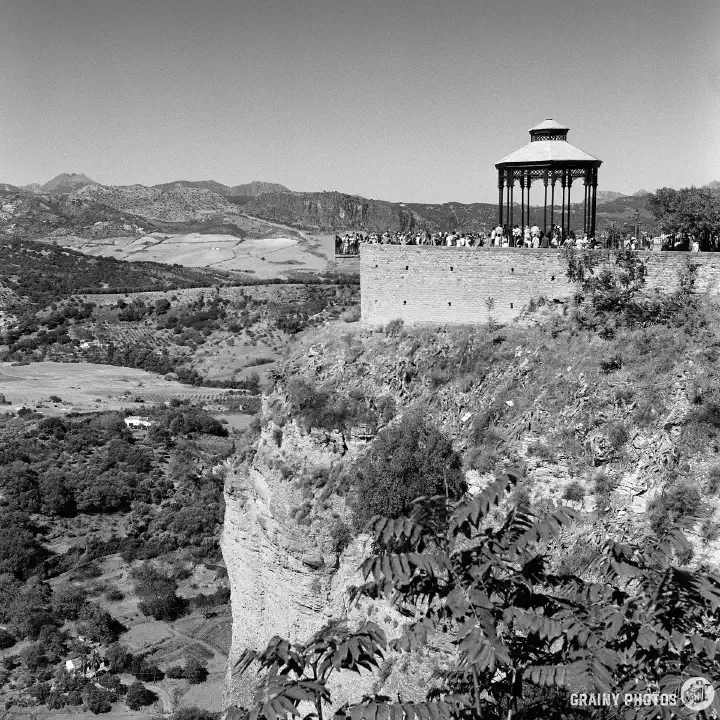
It’s a popular spot for visitors to take in the breathtaking scenery and capture memorable photographs of Ronda’s dramatic landscape.
El Tajo Gorge
The most iconic feature of Ronda is the El Tajo Gorge, a dramatic gorge carved by the Guadalevín River. The gorge divides the city into two sections: the historic old town (La Ciudad) and the newer part of the city (El Mercadillo). The gorge and surrounding countryside views are breathtaking.
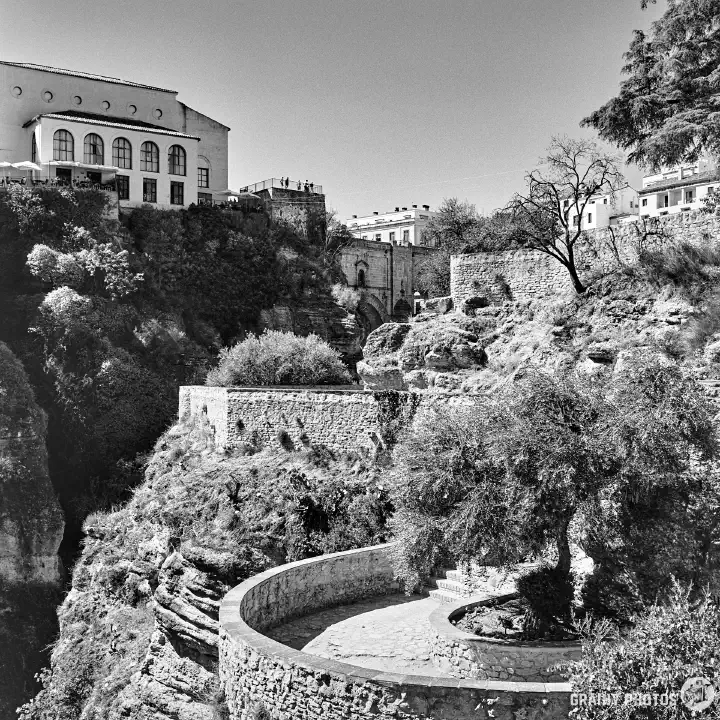
The gorge is so deep it was impossible to do it justice with a square format fixed lens camera. It really needs a vertical panoramic format. I hope to return and take such a photo.
Puente Nuevo (New Bridge)
Three bridges span the span of the El Tajo Gorge, a 120-metre-deep chasm that carries the Guadalevín River. The most famous is the Puente Nuevo, which is one of Ronda’s most famous landmarks. Built in the 18th century, it is an architectural marvel and offers stunning panoramic views of the gorge below. The bridge is an emblem of Ronda and a symbol of its strength and resilience.

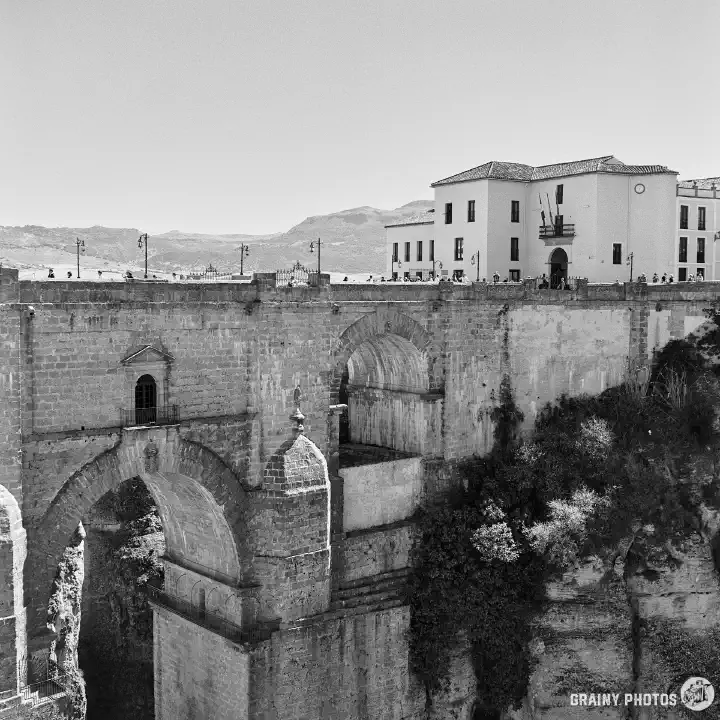
Like the gorge, it was impossible to show the bridge’s height with a square format fixed lens camera. Another reason to revisit with a more suitable camera.
Puente Viejo (Old Bridge)
The bridge’s construction dates back to the Moorish period in the 17th century, although it has undergone renovations and modifications over the centuries. It is a stunning example of Moorish architecture and engineering, featuring a single arch that spans the deep gorge below.
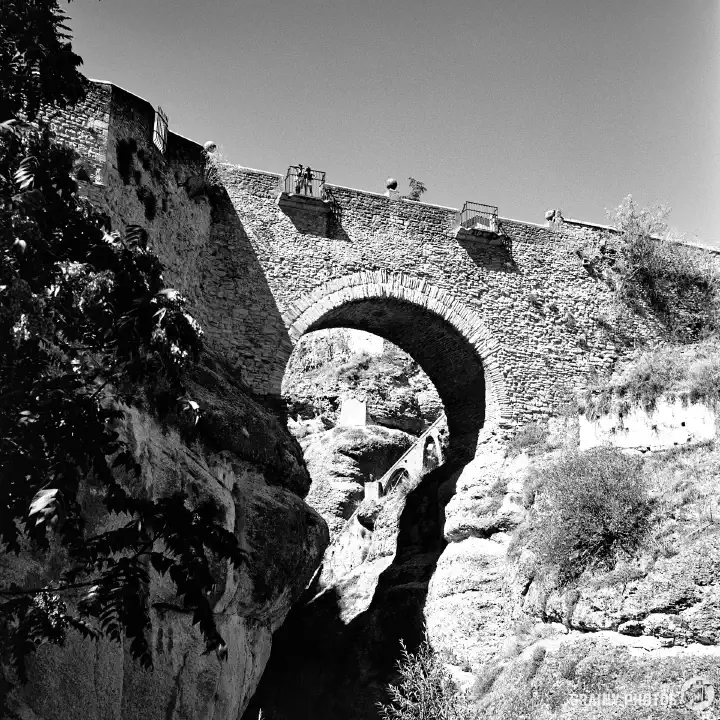
Plaza de Toros (Bullring)
Ronda’s Plaza de Toros is one of Spain’s oldest and most beautiful bullrings. Built in the 18th century, it is renowned for its unique architecture and historical significance. Ronda is considered one of the birthplaces of modern bullfighting, and its bullring is a must-visit for fans and tourists alike.
Historic Old Town
Ronda’s historic old town is a charming labyrinth of narrow streets, whitewashed buildings, and picturesque squares. It is home to many historic landmarks, including the Moorish palace of Mondragón, the Church of Santa María la Mayor, and the Arab Baths. Strolling through the old town is like stepping back in time, with centuries of history and culture waiting to be explored.

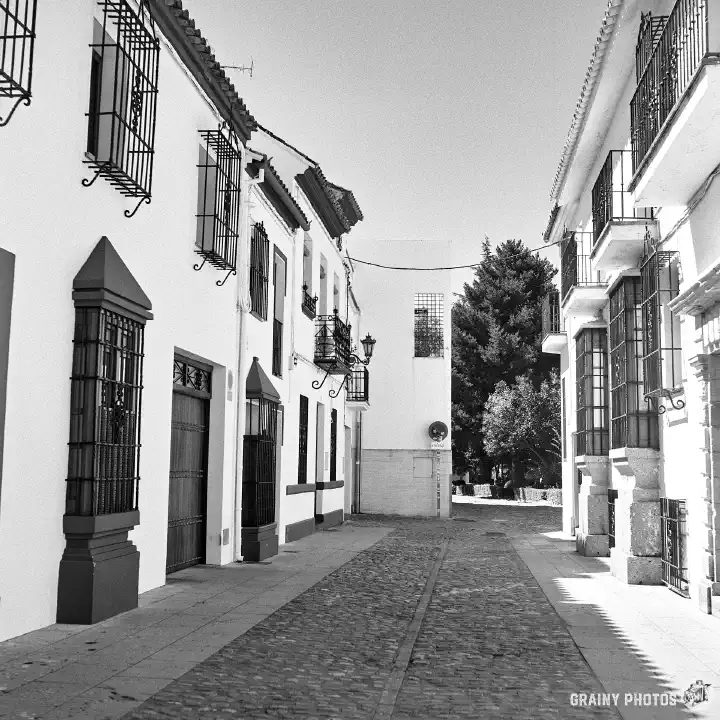
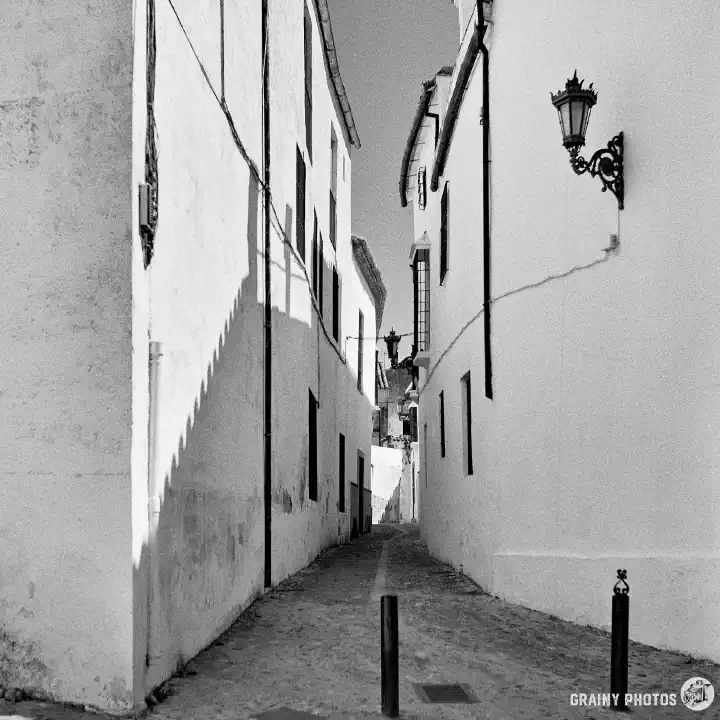
Churches in Ronda
There are several churches in Ronda, but the most famous is the Church of Santa María la Mayor (Iglesia de Santa María la Mayor). This church is located in the heart of Ronda’s old town and is known for its impressive blend of architectural styles, including Gothic, Renaissance, and Baroque elements. The church features a stunning façade adorned with intricate details, a beautiful interior with ornate altars, chapels, artwork, and a prominent bell tower that offers panoramic views of the surrounding area.
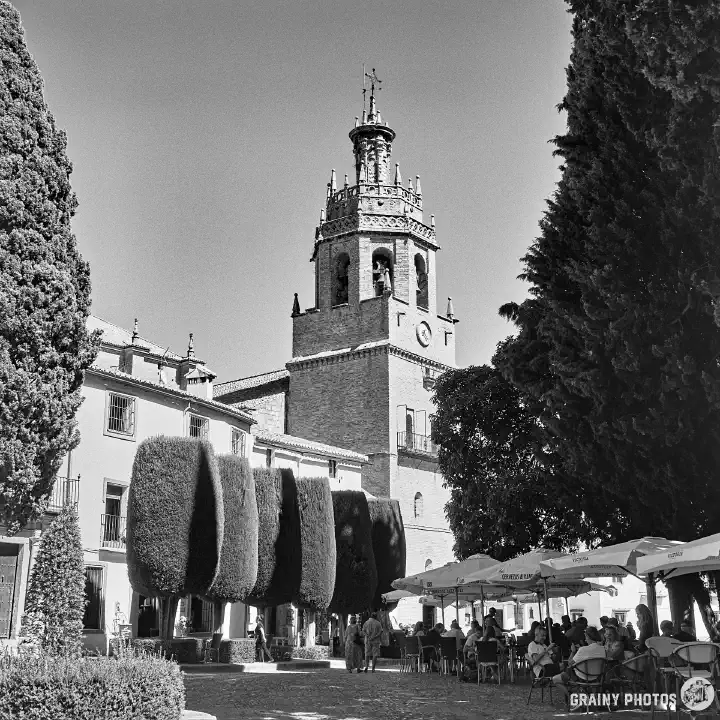
At the other end of the scale, I came across La Ermita de San Miguel, which I found very interesting. This had fallen into disrepair, but the main walls and the belfry have been restored. The exact origins of La Ermita de San Miguel are not well-documented, but it is believed to date back to the Middle Ages, possibly the 16th century. It was likely built on the site of an earlier Islamic structure.

Baños Árabes
The Arab baths consist of a series of rooms with pools of different temperatures, resembling the traditional hammams found in Islamic culture. Unfortunately, they were closed at the time of my visit, so I could only get this one photo from the outside.
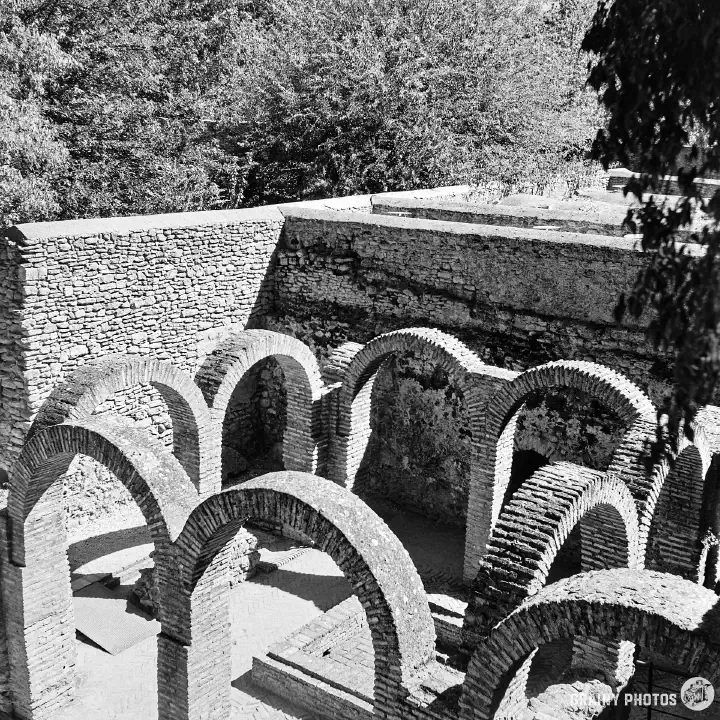
City walls
Much of the city walls, which once served as fortifications to protect the city, have fallen into disrepair and are not fully intact. Some sections of the walls have been restored and preserved, others have been incorporated into buildings or have deteriorated over time. The best example of the restored walls is near the city’s historic centre. Here, you can actually walk along some of them, providing a glimpse into Ronda’s rich history as a fortified city.
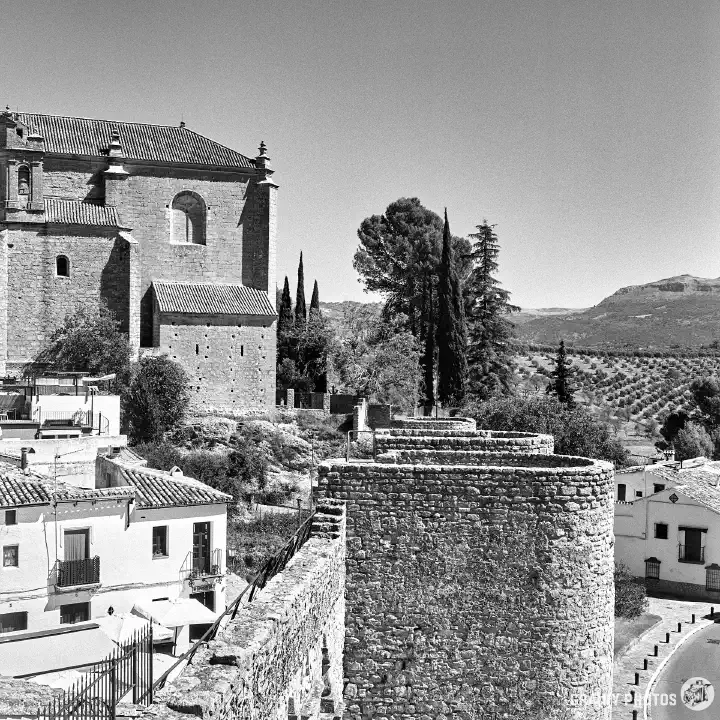
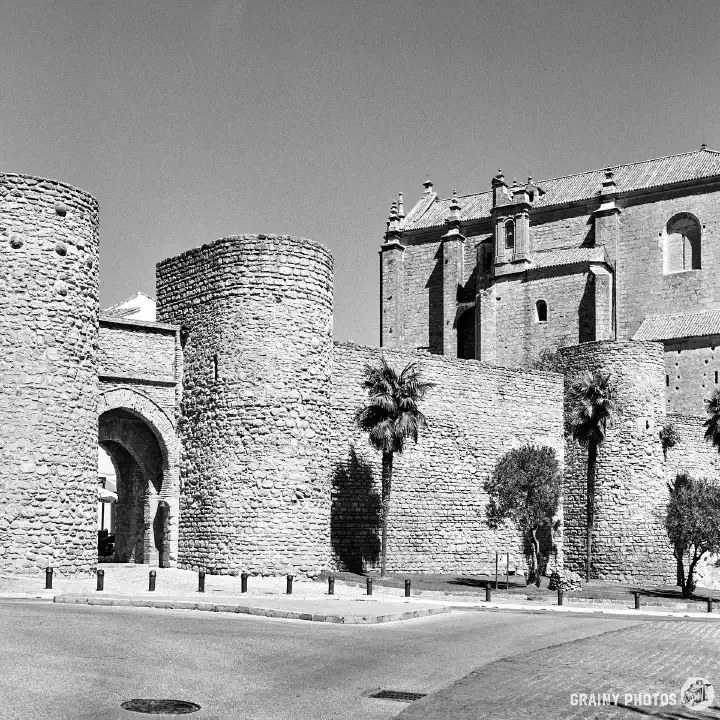
Arco de Felipe V
Arco de Felipe V, also known as the Puerta de Felipe V, is an archway that was constructed in the 18th century to commemorate the visit of King Felipe V, the first Bourbon monarch of Spain, to the city.
This arch is situated near the Plaza de Mondragón, one of the main squares in Ronda, and marks the old town’s entrance. The design of the arch reflects the Baroque style popular during the period of its construction. It consists of a large central arch flanked by two smaller arches on each side, all adorned with decorative details.

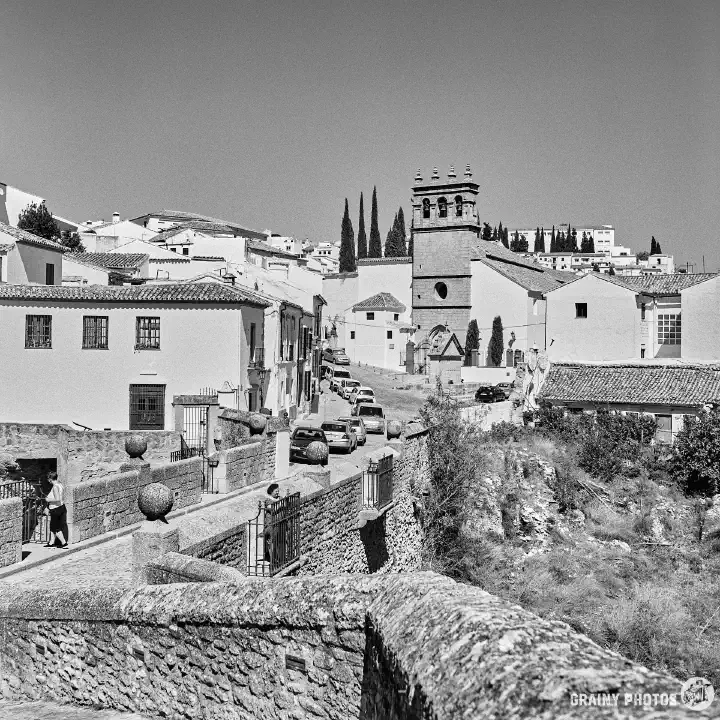
Photos from film roll No’s 356 and 358.
Video of the photo locations
A photo captures a moment in time but does not convey the whole picture; it does not show what is out of the shot. I made the following video during the photo walk. It shows a general overview of the walk, including the general surroundings at each photo location.
.
See more posts about Places in Spain.